In Forex trading, the terminal rate serves as a significant indicator for future monetary policy directions. The rate helps traders anticipate what the central bank, such as the Federal Reserve, might do next. If the terminal rate is set high, it suggests that the federal funds rate will likely follow a tightening cycle. This impacts how currencies will perform, influencing trading strategies.
Moreover, the concept of the neutral interest rate is intrinsically linked to the terminal rate. It's the rate that maintains economic stability, without either helping boost economic growth or restricting economic growth. Understanding this neutral rate is essential as it provides context for where the terminal rate might be set. It helps Forex traders make educated guesses on currency movements, particularly when interest rates change.
What is Terminal Rate?
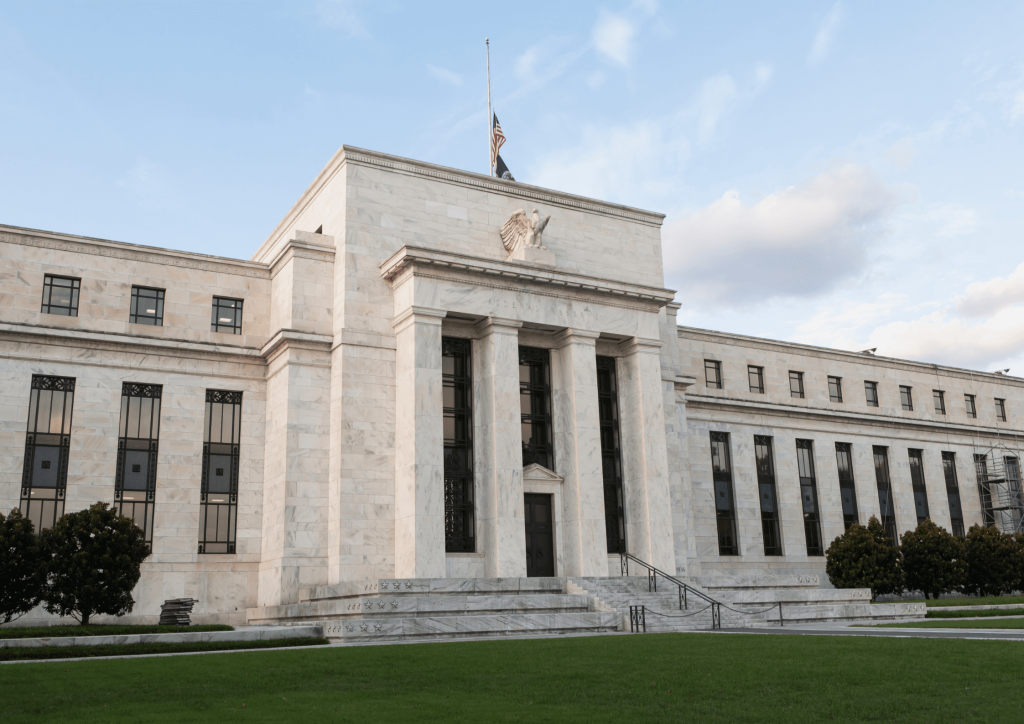
The terminal rate is often a subject of keen interest among market participants, especially those in Forex trading. This is because the terminal rate serves as a barometer for where monetary policy is headed. For example, if the Federal Reserve indicates a high terminal rate, it implies that we are in a tightening cycle. The higher the terminal rate, the more likely that the central bank aims to restrict economic growth to curb inflation.
It's important to note that the terminal rate is influenced by various economic indicators and expert opinions. Factors like the Consumer Price Index and economic growth rates contribute to its determination. When Fed officials provide their median estimate for the terminal rate, they take into account these factors. The terminal rate is essentially the end goal that helps to achieve a balanced economy, characterized by stable inflation and full employment.
Also Read: What is FOMC?- Everything You Must Know
Federal Funds Rate and Its Impact
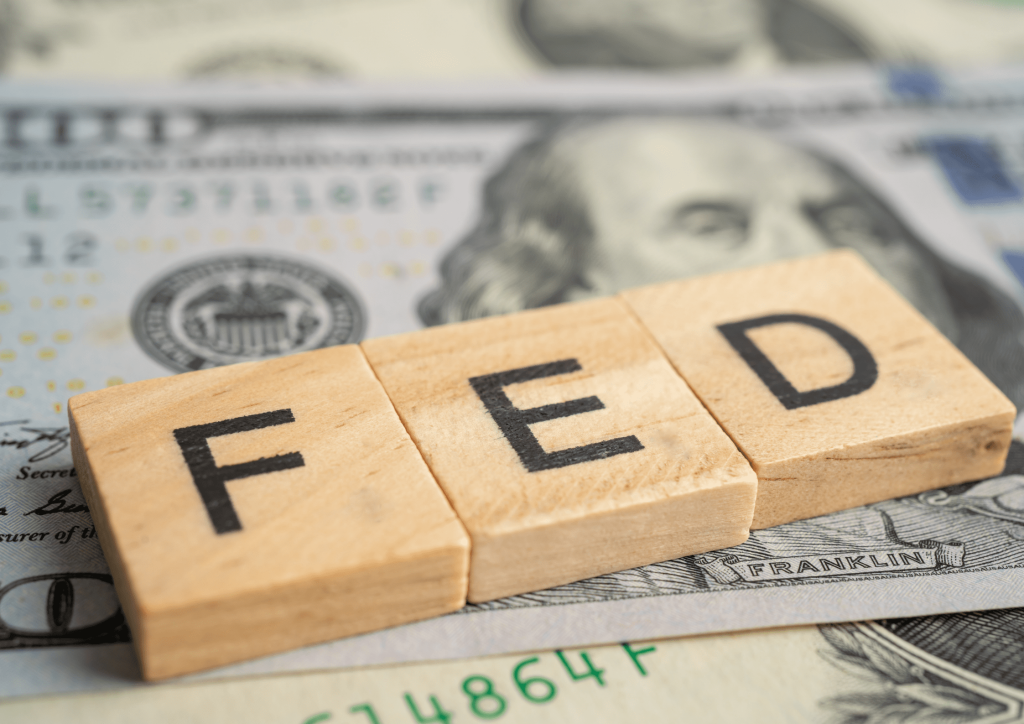
The federal funds rate is a lever for economic control. When the Federal Open Market Committee (FOMC) changes this rate, it sends shock waves through the financial markets, including the Forex market. A hike in the rate generally means the central bank aims to restrict economic growth to tackle issues like high inflation. On the flip side, a rate cut is a signal to help boost economic growth, usually applied in situations like economic recession or downturn.
This rate is a critical reference point for various forms of borrowing and lending. When the federal funds rate changes, it affects interest rates on everything from credit cards to mortgages. For Forex traders, understanding fluctuations in the federal funds rate is crucial. It can impact currency values, as higher rates often attract foreign capital and can boost the value of a nation's currency. Therefore, keeping an eye on FOMC decisions and Fed officials‘ statements is vital for strategic trading.
Connection Between Terminal Rate and Federal Funds Rate
The terminal fed funds rate acts as a goalpost for the Federal Reserve during a tightening cycle. It serves as the peak or endpoint to which the federal funds rate will rise over a period. Knowing this terminal rate is crucial for market participants because it offers a glimpse into the long-term intentions of monetary policymakers. When the terminal rate is high, it may indicate that the Fed is preparing for a series of rate hikes to combat issues like high inflation or credit risk.
It's essential to monitor statements and projections from Fed officials. They often include the terminal federal funds rate in their officials' forecasts, providing clues about the future state of monetary policy. For Forex traders, understanding this connection between the terminal and federal funds rate is valuable for predicting currency value shifts and adjusting trading strategies accordingly.
Neutral Interest Rate and Economic Growth
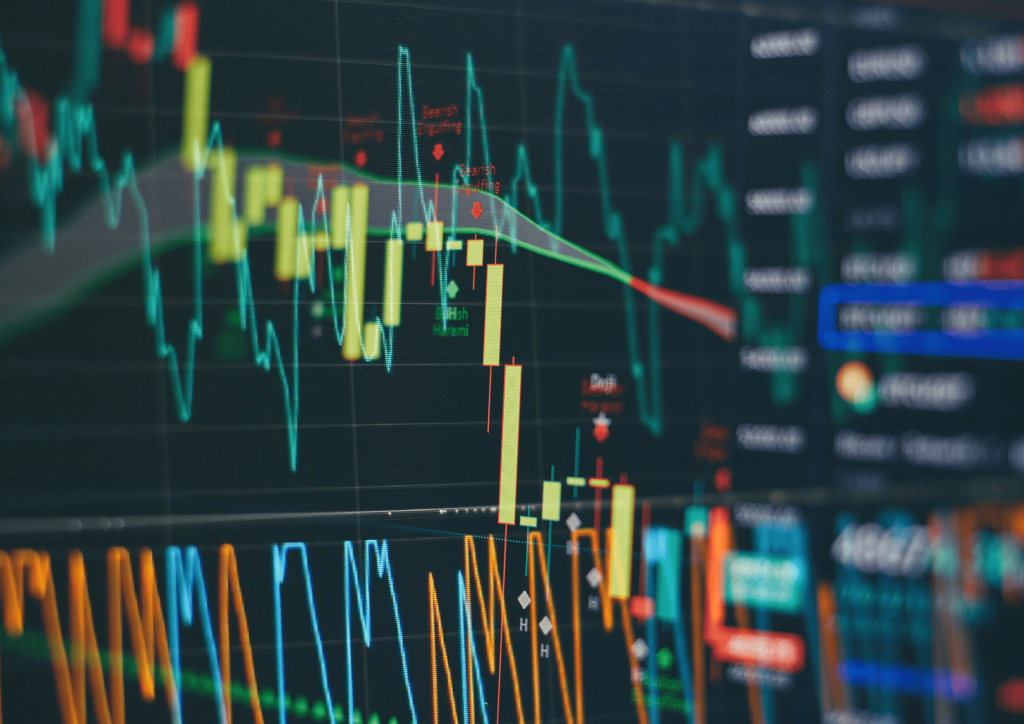
The neutral interest rate is often considered the Goldilocks zone for economic growth—not too hot and not too cold. When monetary policymakers set the federal funds rate near this neutral rate, it generally means they aim for stable inflation and full employment without tipping the scales towards boom or bust. For central banks, reaching or maintaining this rate is the ideal scenario to keep economic growth stable, avoiding extreme measures that could either overheat the economy or plunge it into recession.
For Forex traders and investors, understanding the implications of the neutral interest rate is invaluable. When the Federal Reserve or any other central bank aims for a rate close to the neutral interest rate, it usually signals a stable economic environment. Such stability often translates to less volatility in currency values, offering a more predictable landscape for Forex trading. Therefore, closely monitoring statements about the neutral rate from Fed officials or other central banks can offer critical insights for investment strategies.
The Role of Economic Indicators
Economic indicators like the Consumer Price Index and price index are critical tools for central banks when determining monetary policy. These metrics offer insights into the health of an economy, influencing decisions about the target range for the federal funds rate. When these indicators show signs of high inflation, central banks may opt for a tightening cycle to get inflation under control, thereby restricting economic growth to some extent.
Forex traders need to be vigilant about these indicators because they often precede shifts in interest rates. For example, if the Consumer Price Index rises significantly over a short period, traders can reasonably expect a rate hike to follow. Being proactive about understanding these economic indicators can provide traders with valuable foresight, allowing them to adjust their strategies before major policy shifts occur. Therefore, keeping an eye on these economic indicators can help traders anticipate central banks' next moves.
The Effect on Forex Markets
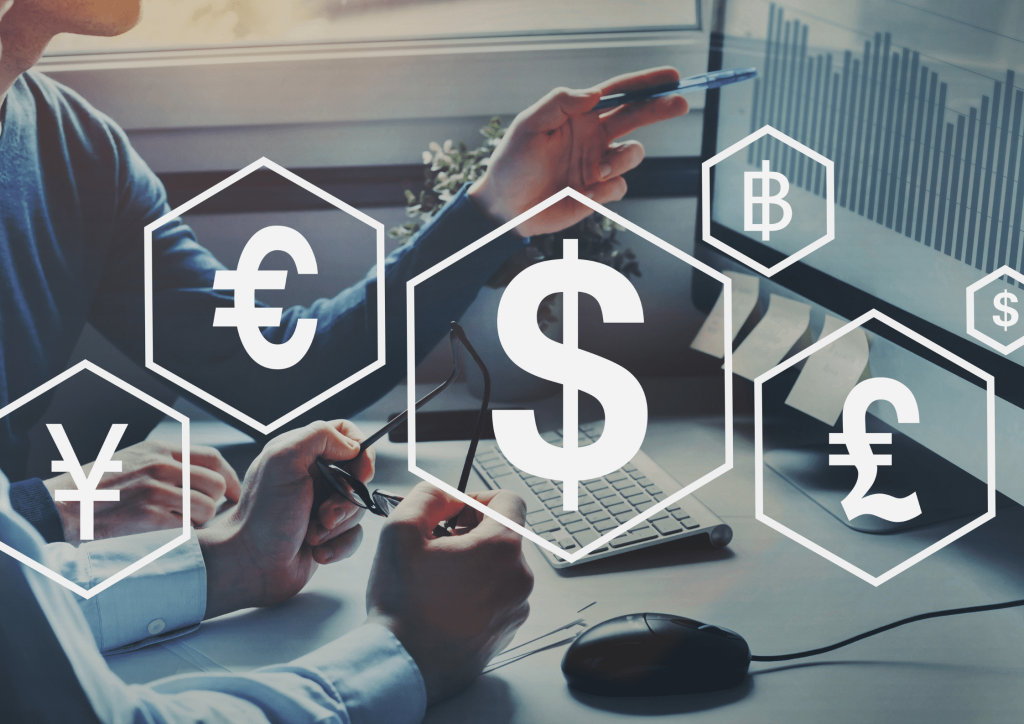
In the Forex markets, the terminal rate holds considerable sway over currency values. When market participants anticipate that the federal funds rate is nearing its terminal rate, it often triggers market reactions. These can include short-term volatility or more sustained trends, depending on the broader economic context. For example, if the terminal rate is expected to be high, it could attract foreign capital, strengthening the country's currency.
Grasping the implications of the terminal rate can give Forex traders a strategic advantage. Knowing where the central bank aims to set the federal funds rate at the end of a tightening or easing cycle can inform trading decisions. Traders can adapt their strategies to align with anticipated currency shifts, thereby potentially securing more favorable trading positions. Hence, a deep understanding of the terminal rate is a valuable asset for anyone involved in Forex trading.
Also Read: What is Stagflation: A Complete Guide
Unusual Circumstances and External Factors
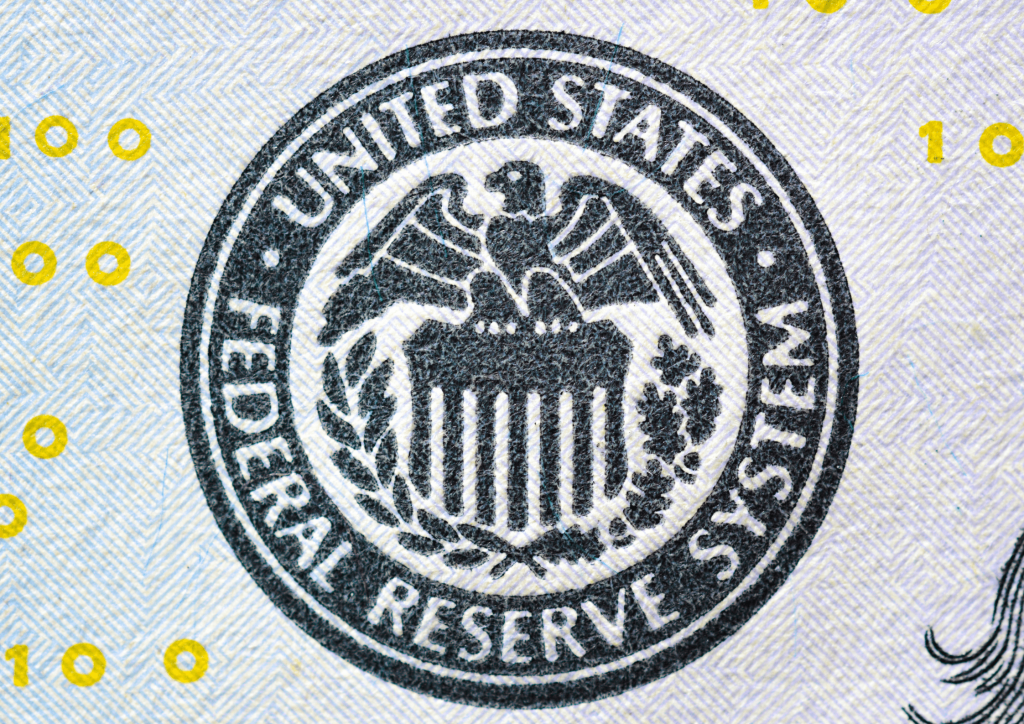
Unusual circumstances, such as pandemic-induced disruption, can lead to extraordinary measures by central banks. During such times, the Federal Reserve System may employ tactics like quantitative tightening to manage economies. High-profile individuals like Treasury Secretary Lawrence Summers and Fed Chair Jerome Powell can have a significant influence in shaping direct monetary policy. These emergency actions often go beyond standard interest rate adjustments and can have a significant impact on the Forex markets.
For Forex traders, understanding these atypical scenarios and policy responses is crucial. The rules change in unusual circumstances, and economic models may not hold up as expected. It’s essential to pay attention to announcements and policy shifts from Fed officials and other authoritative figures in these situations. A nuanced understanding of these external factors can provide critical insights, enabling traders to adapt their trading strategies accordingly.
In conclusion, grasping the intricacies of the terminal rate, its relationship with the federal reserve bank, interest rates, and guidance from economic advisers is imperative for Forex traders. Monitoring announcements from central banks and closely watching indicators like the two-year treasury yield will equip traders to make well-informed decisions. Such an understanding is particularly invaluable when the tightening cycle hits or when Fed officials publish new policies.
For Forex traders concerned with credit risk or fixed income, a comprehensive understanding of the terminal rate and related economic indicators is invaluable. This knowledge enables traders to navigate the complex but rewarding world of Forex trading, especially during uncertain economic conditions. To maximize Forex trading opportunities, staying updated on these critical aspects is not just advisable—it's essential.
Also Read: Types of Interests and Their Importance
FAQs
How does the terminal rate differ from the federal funds rate in the context of Forex trading?
The terminal rate is the endpoint that monetary policymakers aim for in a tightening or easing cycle, while the federal funds rate is the current rate set by the Federal Reserve. In Forex trading, the federal funds rate has immediate implications, causing short-term market fluctuations. The terminal rate, however, provides a longer-term view, offering insights into the future trajectory of a currency. Knowing both is crucial for short-term and long-term Forex trading strategies.
In unusual circumstances like a pandemic, how reliable are traditional economic indicators like the Consumer Price Index?
In unusual circumstances like a pandemic, traditional economic indicators such as the Consumer Price Index may not be as reliable for predicting central banks' next moves. Supply chain disruptions and sudden changes in consumer behavior can distort these metrics. Forex traders should exercise caution and also look at other forms of economic data and direct monetary policy statements for a more holistic view.
How do high-profile individuals like the Treasury Secretary and Fed Chair influence the terminal rate?
High-profile individuals like the Treasury Secretary and the Fed Chair play significant roles in direct monetary policy, which indirectly affects the terminal rate. Their public statements, policy proposals, and even interactions with other economic advisers can shift market expectations about the terminal rate. For Forex traders, these statements can serve as early indicators of potential policy changes and should be closely monitored.

















